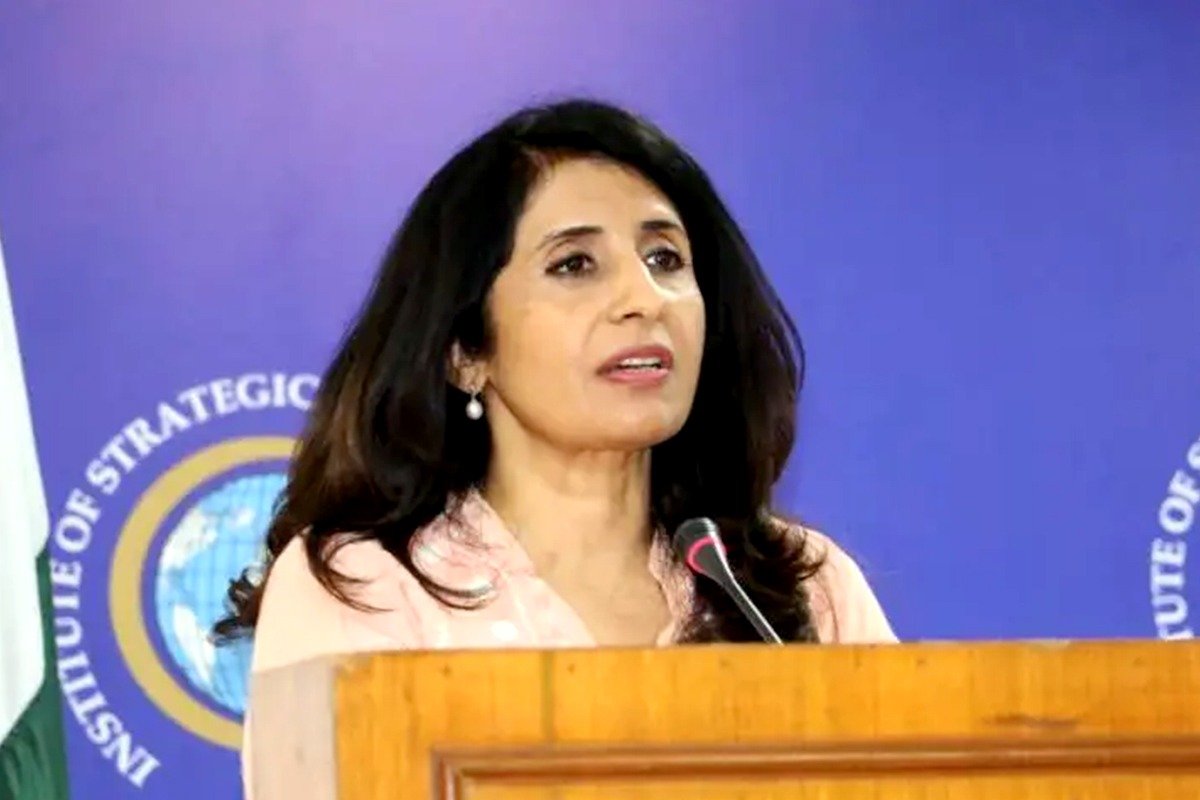Pakistan’s major cities, Quetta and Islamabad, are facing escalating water crises, raising alarms over public health and urban sustainability.
According to media reports, in Quetta, the water table has plunged by 300 feet over the past decade, and experts warn it is falling by nearly 30 feet each year. Islamabad, meanwhile, grapples with severe water contamination, increasing the risk of health conditions such as “blue-baby syndrome,” caused by nitrate pollution in drinking water.
Quetta on the brink of collapse: groundwater crisis worsens
Quetta, along with four other cities classified as “dark zones,” is witnessing dangerously low groundwater levels, some as deep as 1,200 feet, according to the Ministry of Water Resources. The situation has become so dire that officials are considering relocating the provincial capital if the crisis intensifies.
“Quetta is on the verge of becoming a ghost city,” warned Secretary of Water Resources Syed Ali Murtaza during a briefing to a parliamentary committee. He highlighted that over-extraction has caused water levels to drop from 300 feet in 2010 to 600 feet by 2021.
Read More: PIA halts use of Iranian airspace amid Israel-Iran tensions
Murtaza further stressed that even if groundwater pumping were halted immediately, it would take at least 30 years for levels to recover. Without swift intervention, the region’s agriculture and orchards face imminent collapse.
Despite the severity, there appears to be no engineering solution to the problem. Murtaza underscored that small dams and other measures would not be sufficient, calling for a complete halt to groundwater extraction to avert disaster. The Senate Standing Committee on Water Resources, chaired by Senator Shahadat Awan, voiced concerns over the federal government’s continued installation of solar-powered tube wells, exacerbating the crisis.
Islamabad’s water contamination sparks public health crisis
In Islamabad, the crisis is more focused on water quality than quantity. Health officials are sounding alarms over nitrate contamination, which has led to fears of “blue-baby syndrome” in infants. Additionally, the presence of coliform bacteria indicates widespread contamination by harmful pathogens, resulting in a public health crisis.
The capital currently receives only 80 million gallons per day (MGD) against a demand of 129 MGD. This water is sourced from outdated pipelines connected to Simly Dam, Khanpur Dam, Rawal Dam, and tube wells, contributing to the city’s supply shortfall.
The Pakistan Council of Research in Water Resources (PCRWR) reported alarming findings: 22 of Islamabad’s 127 tube wells are unsafe for use, and 39 out of 108 water filtration plants show significant contamination. The parliamentary committee has demanded a comprehensive water quality report within two weeks, with urgent action needed to improve the city’s aging water infrastructure.
The combined crises in Quetta and Islamabad underscore the fragility of Pakistan’s water resources, with experts calling for immediate regulatory measures to prevent long-term devastation. Without action, both cities face the prospect of severe water shortages, threatening millions of lives and the sustainability of the urban environment.















